
Cornea
Latest News
CME Content


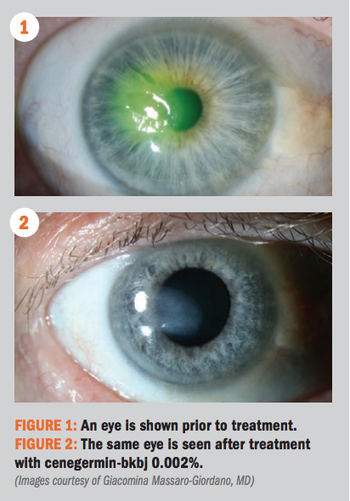

The results of widefield epithelial thickness mapping with the Optovue Avanti OCT in eyes with a single mild topographic or tomographic abnormality were similar to normal eyes in myopes, which eases decision making surrounding refractive surgery.
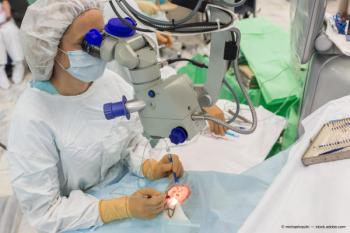

ICYMI: Here's what's in the 2019 pipeline
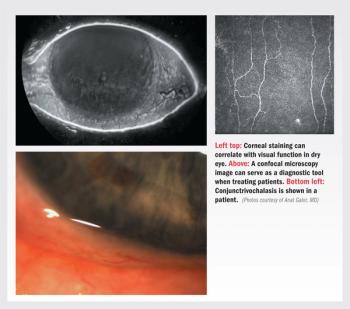
Focus of dry eye may shift to ocular surface issues that can cause discomfort in patients
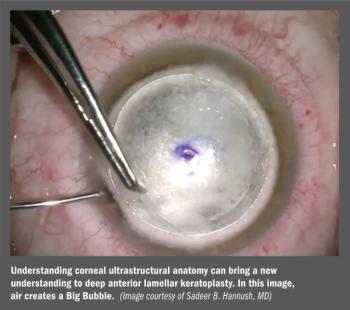
Understanding corneal anatomy can minimize risk of Descemet’s membrane rupture
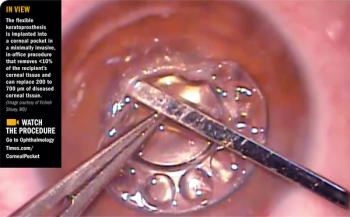
Device in FDA trial for patients with corneal opacity, high risk of penetrating keratoplasty complication
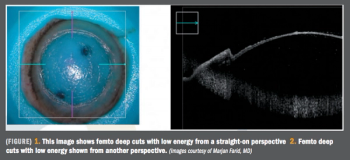
Innovations in procedure may overcome current technical difficulty

Much has been learned about epidemic keratoconjunctivitis (EKC) since it was first described in 1889.
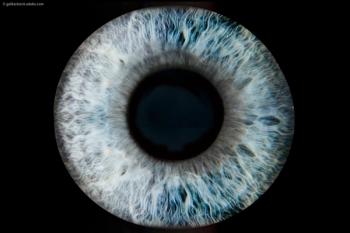
Treatment slows or halts the progression of keratoconus, corneal ectasia
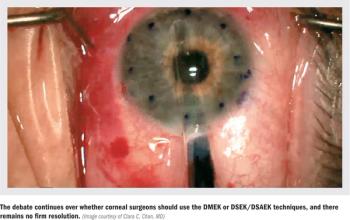
Question of which technique is superior remains unanswered amid shift to thinner grafts

Audrey Talley Rostov, MD, discusses corneal cross-linking (CXL) complications, and when to consider CXL treatment

Providing findings from a retrospective study, Li Lim, MD, noted that eyes with high myopia benefit from CXL add-on to LASIK, resulting in safety, efficacy, and predictability with refractive outcomes that are more stable than those achieved with LASIK alone.
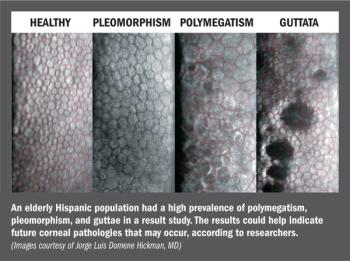
With ‘surprise’ finding, results may help indicate future corneal pathology that may occur
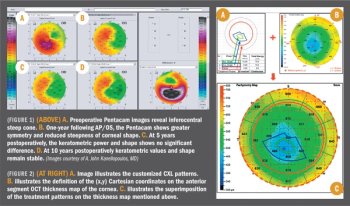
Adding procedure can improve visual function, offer patients normal lifestyle
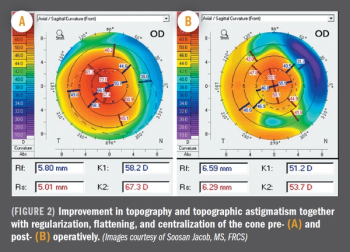
Novel technique could help surgeons treating keratoconus, ectasia
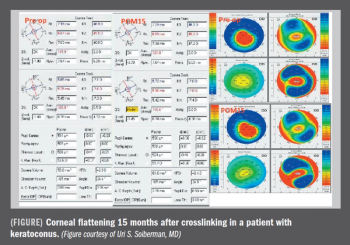
Stabilization, improvement in corneal curvature measurements seen in many treated cases

Combining LASIK, corneal inlays hits refractive ‘sweet spot’ for many patients
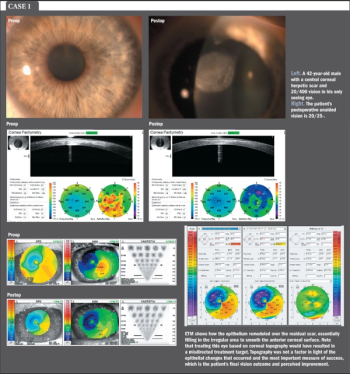
Quantitative measurement indicates corneal epithelium plays crucial role in outcomes
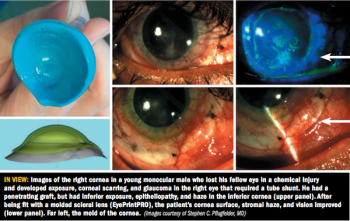
Management evolves from nasal neurostimulation, prosthetic replacement of ocular surface ecosystem
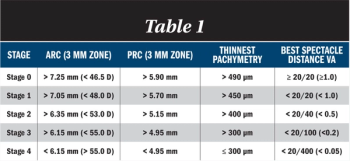
CXL has potential to alter disease course; progression display plays role in when to intervene
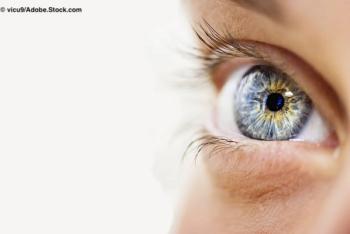
Ophthalmology Times’ Editorial Advisory Board members share their thoughts on what to watch in year ahead
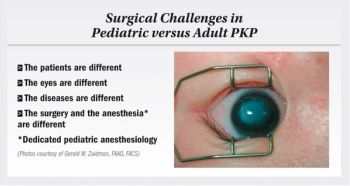
Evaluate patients�’ social situations; educate parents about their participation






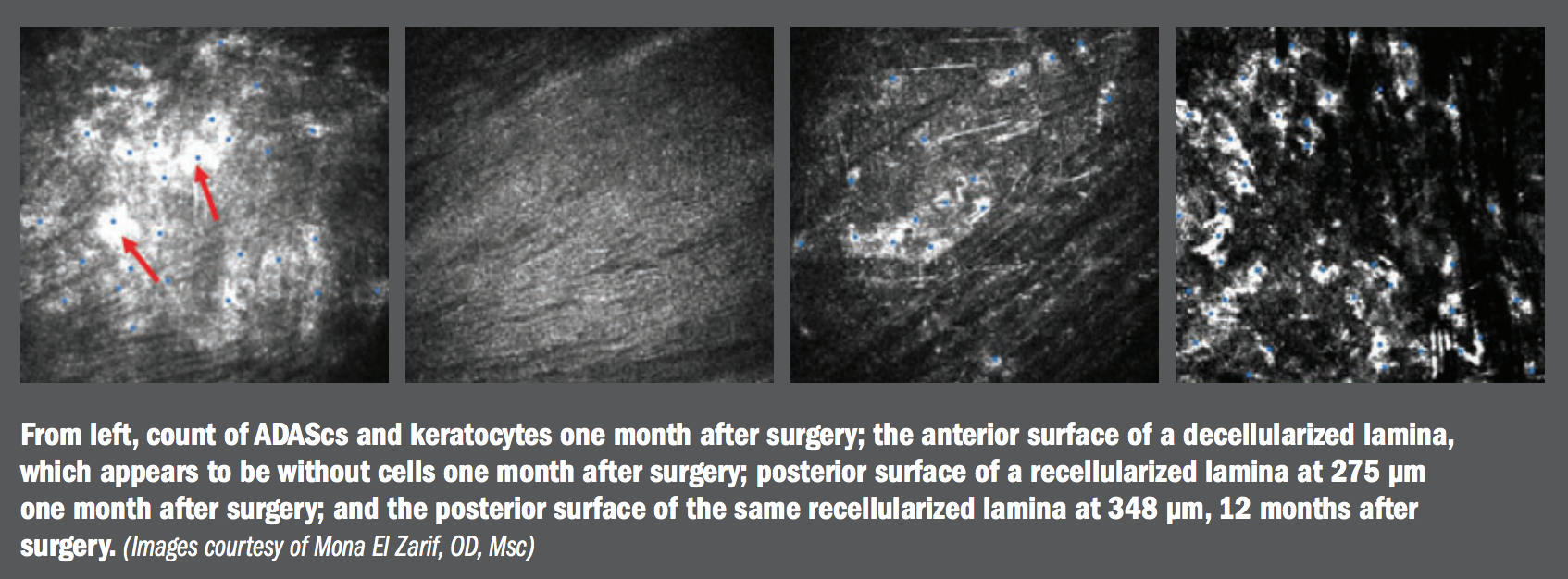









































.png)


